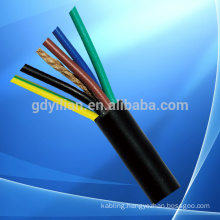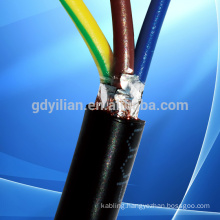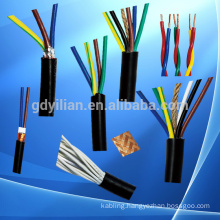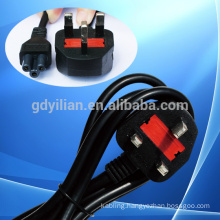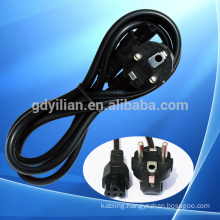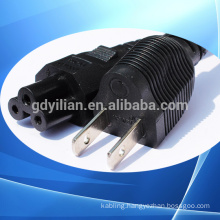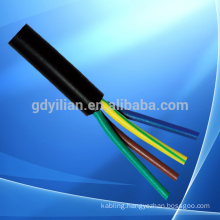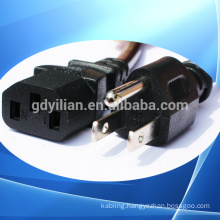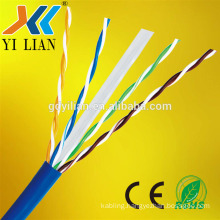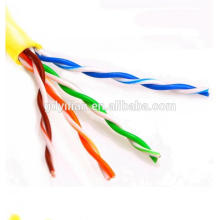Typec and micro usb difference
2021-05-09
Typec introduction
The type-c interface, referred to as USB-C, is located at the bottom of the smartphone and is used for charging and data transmission most of the time. The biggest feature of the type-c double-sided pluggable interface is that it supports double-sided insertion of the USB interface, which officially solves the worldwide problem of "USB is never inserted", and the front and back are plugged in. At the same time, the USB Data Cable used with it must also be thinner and lighter.
1, the appearance is ultra-thin
The thinner body requires a thinner port, which is one of the reasons why USB-C turned out. The USB-C port is 0.83 cm long and 0.26 cm wide. Old-fashioned USB ports are 1.4 cm long and 0.65 cm wide, which are outdated. This also means that the end of the USB-C data cable will be one-third the size of a standard USB-A data cable plug.
2, no positive and negative
Like Apple's Lightning interface, the front and back of the USB-C port are the same. This means that no matter how you insert this port, it is correct. Users don't have to worry about the pros and cons of traditional USB ports.
3, fast
In theory, the maximum transfer rate of the USB-C port is 10Gb per second. But Apple said the new MacBook's USB-C port has a maximum transfer rate of 5Gbps. The maximum output voltage is 20 volts to speed up charging time. The USB-A type has a limit transmission rate of 5 Gbps and an output voltage of 5 volts.
The emergence of the type-c interface can save the obsessive-compulsive disorder and Virgo, and the headaches such as the Law of Attraction and Murphy's Law disappear.
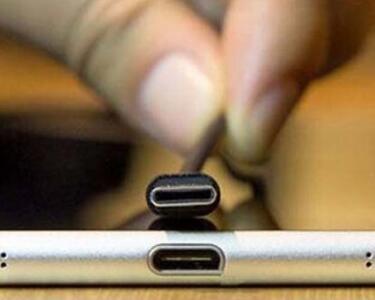
Micro USB is a portable version of the USB 2.0 standard, which is smaller than the Mini USB interface used by some mobile phones, saves space, has a plug-in life and intensity of up to 10,000 times, and is designed with a blind plug structure. The Micro-USB standard supports the current USB OTG function, that is, in the absence of a host (such as a personal computer), the portable device can directly realize data transmission, compatible with USB1.1 (low speed: 1.5Mb/s, full speed: 12Mb/ s) and USB 2.0 (high speed: 480Mb/s), providing data transmission and charging, especially suitable for high speed (HS) or higher data transmission, connecting small devices (such as mobile phones, PDAs, digital cameras, digital video cameras) And the best choice for portable digital players, etc.). At the same time, it can also provide convenience for the car, only need USB car charger, plus the MICRO USB data cable for mobile phone emergency charging. And on the high-end car directly on the 5V output interface connected to the Micro USB Cable to charge the phone. MICRO USB is versatile and easy to use.
Micro-USB is the next-generation specification for Mini-USB. The definition of Micro series includes Micro-B series slots for standard devices; Micro-AB slots for OTG devices; Micro-A and Micro-B plugs, and wires. cable. What makes the Micro series unique is that they contain a stainless steel housing that is not a problem for thousands of insertions.
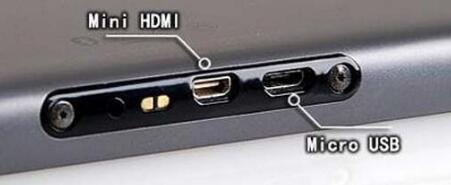
Micro USB and Type-C are both USB types, both of which have the function of transmitting data and charging the mobile phone. Their differences are mainly reflected in these aspects:
1, the shape difference is obvious
The micro USB is narrower than the Type-C interface, but has a strong sense of weight. Although Type-C is wider, it is thinner.

2, the direction design is different
The Type-C interface has no positive or negative direction, and both positive and negative can be inserted. The micro USB has the right and wrong direction. The wrong aspect will not only affect the cable plug itself, but also damage the mobile phone interface.
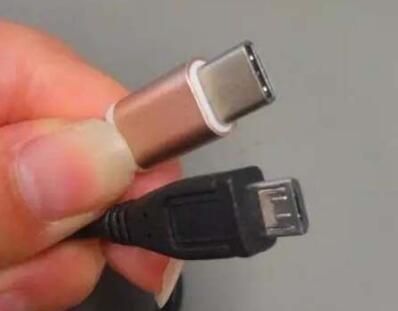
3, transmission speed differentiation
The micro USB specification limits the maximum voltage output and has limitations in charging technology. The Type-C interface solves the problem of the port limit voltage, and the maximum output power is greatly increased. The charging speed is increased.
In addition, Type-C data transfer speed is much faster than micro USB.

Although Type-C is more functional, it is still slightly worse in practicality. Because domestic mobile phones do not all use the Type-C interface, most mobile phones continue the previous micro USB interface.
If you go out one day and forget to bring a Type-C cable, charging can be very troublesome. On the contrary, the micro USB port of the phone is much faster and easier, and it is easy to find the micro USB Cable.
In general, the Type-C data line is a functional data line, and the application range is still limited. It can be expected that there will be more room for development in the future smart phone market.
For diifferent USB types, micro USB, mini USB, etc. The logo, color or shape can all made as customers' requirement. With more than ten years of experience and capabilities assisting our customers in various industry, ETOP would be confident to be your qualified AVL and reliable manufacturing partner.
Related Products:usb cable,micro usb cable,usb data cable.
Data Cable, Data Flexible Electrical Magnetic Cable, Usb Data Cable, Micro Usb Cable, USB Connector
Ningbo Kabling Enterprise Limited http://www.wireharness-assembling.com
